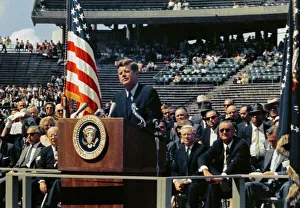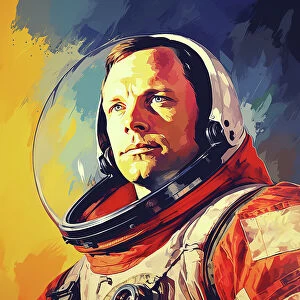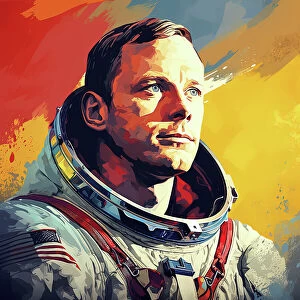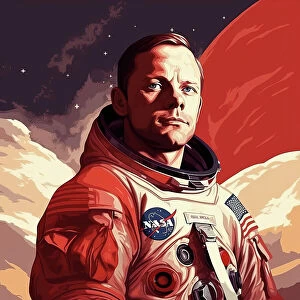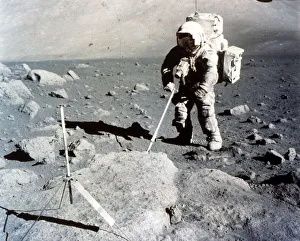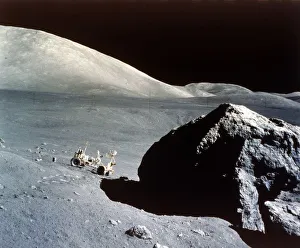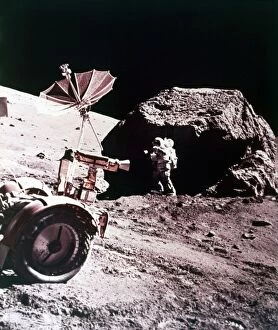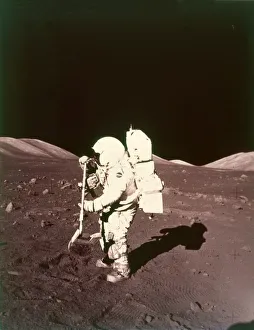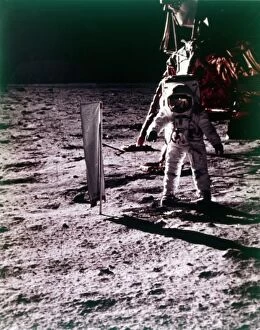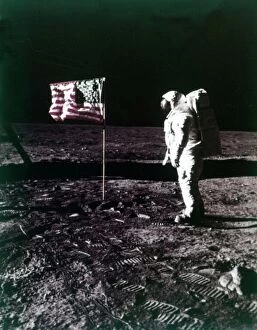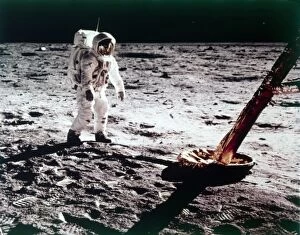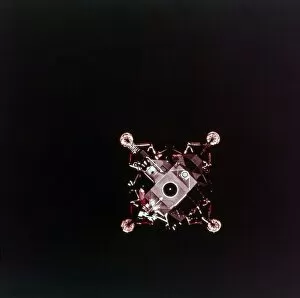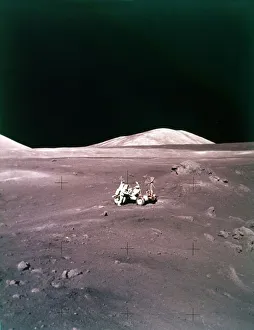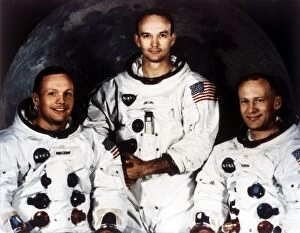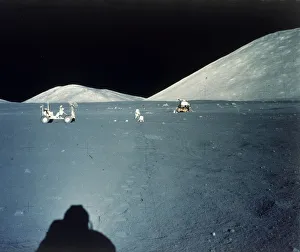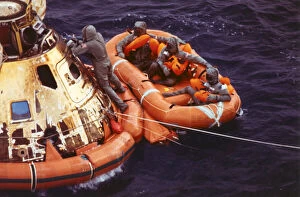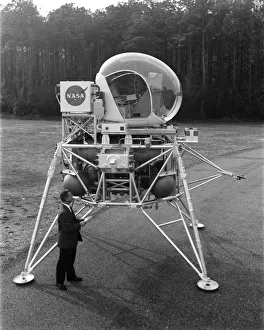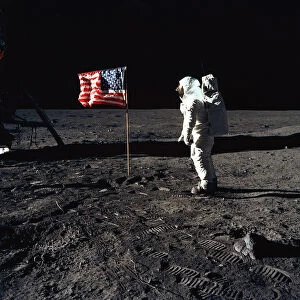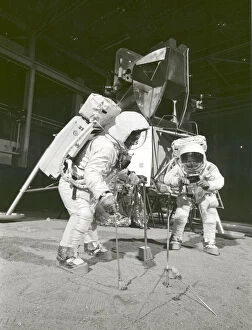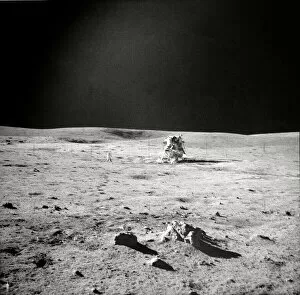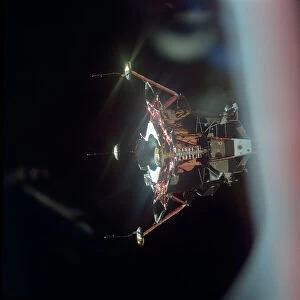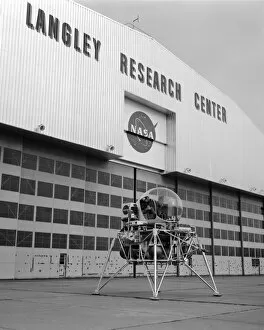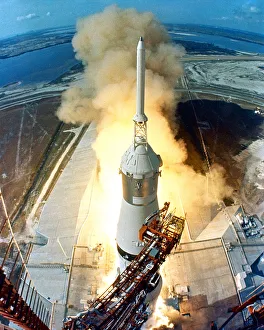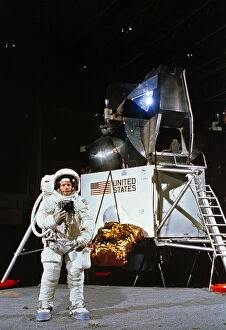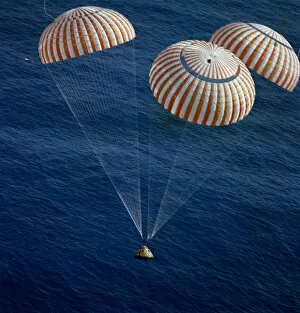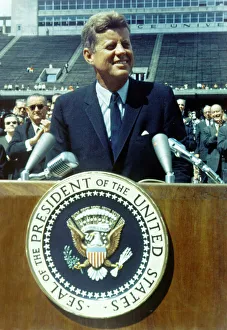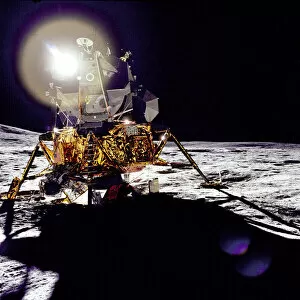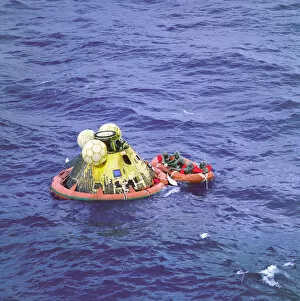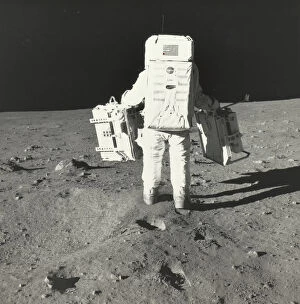Lunar Landing Collection
"From Kennedy's Vision to Schmitt's Scoop: A Journey to the Lunar Surface" In 1962
All Professionally Made to Order for Quick Shipping
"From Kennedy's Vision to Schmitt's Scoop: A Journey to the Lunar Surface" In 1962, President Kennedy ignited a spark of ambition and determination when he delivered his iconic speech at Rice University, declaring that "We choose to go to the Moon. " Little did the world know that this declaration would set in motion an extraordinary series of events that would forever change our understanding of space exploration. Fast forward to December 1972, during the Apollo 17 mission, where Harrison Schmitt found himself on the lunar surface. With his trusty scoop in hand, he diligently worked to collect samples from this alien terrain. As he maneuvered around a colossal rock dwarfing their Rover, it was evident just how small humanity was compared to the vastness of space. The astronauts' experiences were not limited solely to collecting samples; they also had access to innovative technology. In one captivating image from the 1970s, an astronaut is seen with a Lunar Roving Vehicle – a groundbreaking invention that allowed them unprecedented mobility across the Moon's surface. Buzz Aldrin became synonymous with lunar exploration as he made history during the Apollo 11 mission in July 1969. Deploying solar wind collectors and proudly standing next to the American flag symbolized mankind's triumph over seemingly insurmountable challenges. As Aldrin stood near one leg of the Lunar Module, it served as a testament to human ingenuity and perseverance. Captured from above in another photograph taken around c1970, we witness an awe-inspiring view of a Lunar Module against Earth’s backdrop—a reminder of both our fragility and resilience amidst such grandeur. Apollo missions continued pushing boundaries until their final landing site at Taurus-Littrow during Apollo 17 in December 1972. This remarkable achievement marked humanity's last steps on lunar soil for decades but left an indelible mark on scientific progress and collective imagination. Looking back at these incredible moments, we cannot forget the pioneers who made it all possible.

